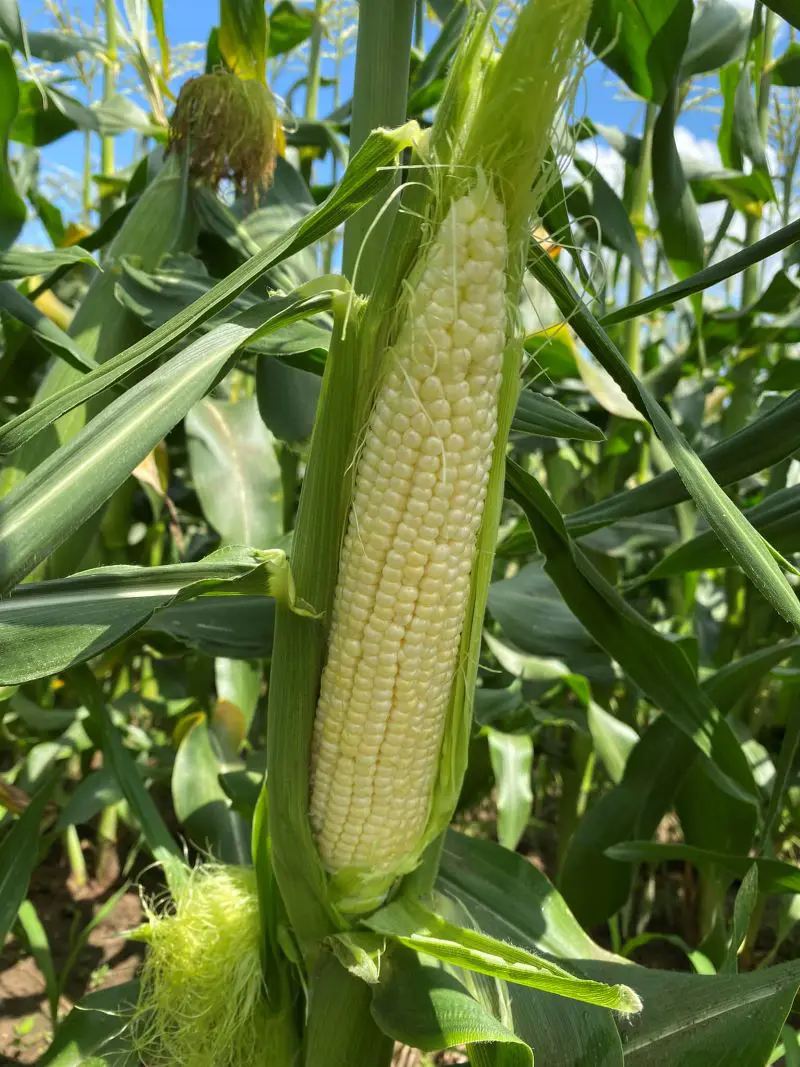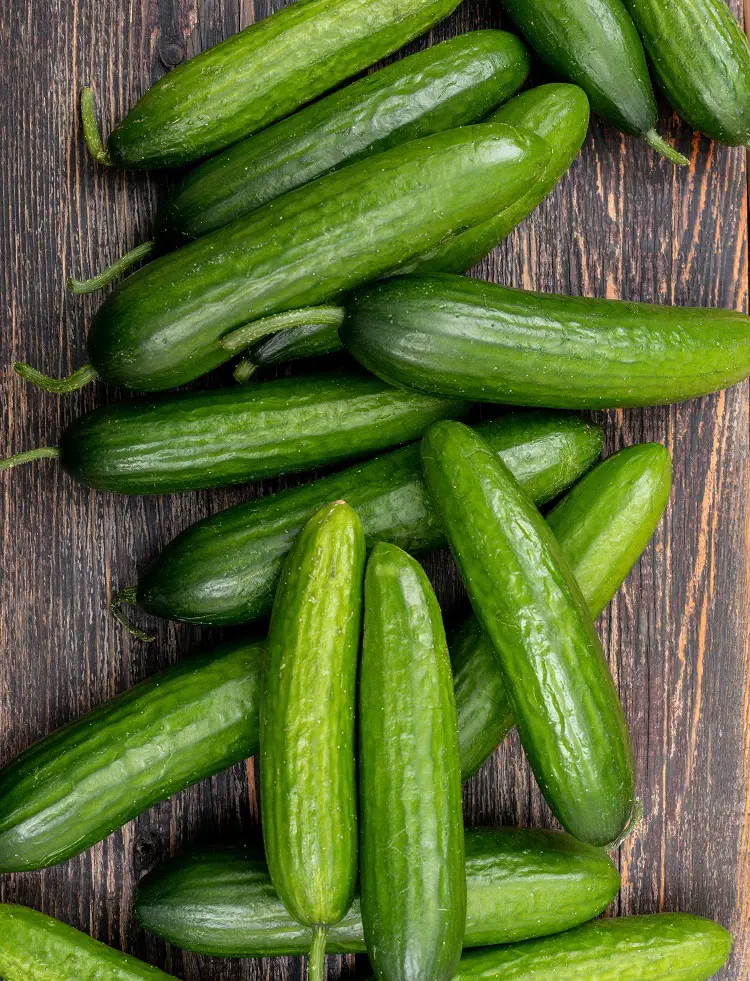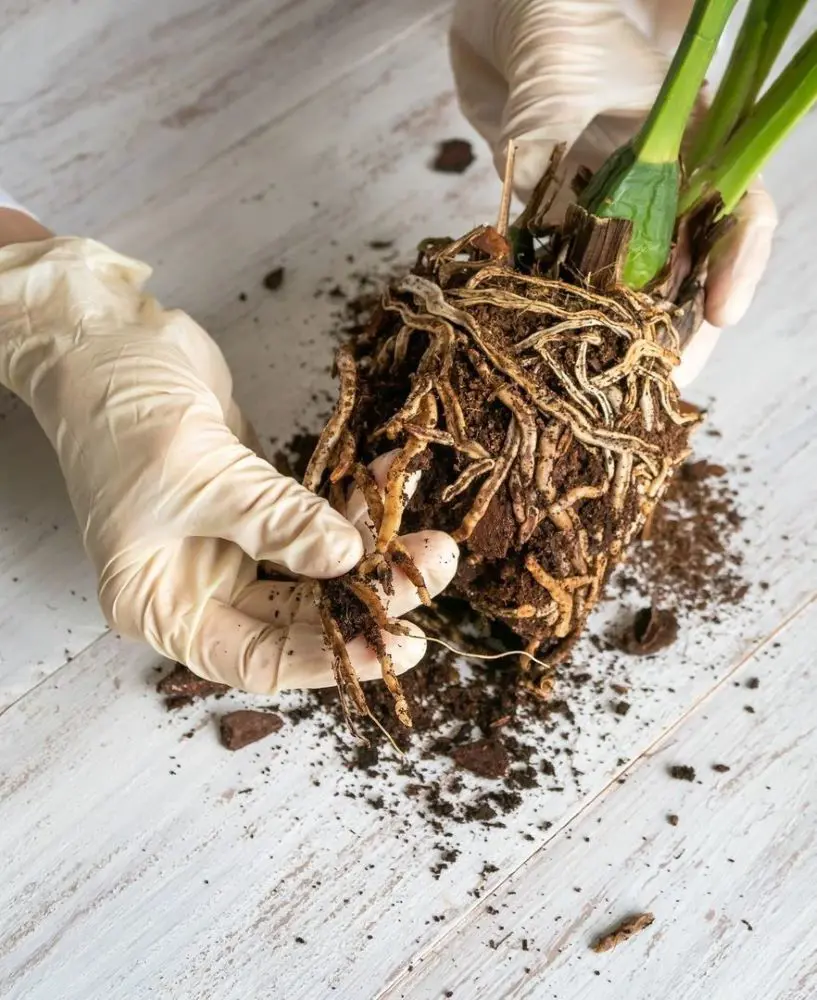A Step-By-Step Guide On How To Grow Beets

This post may contain affiliate links. If you make a purchase through links on our site, we may earn a commission.
Beets are vibrant, root vegetables known for their earthy flavor and rich color. They come in various hues, including deep red, golden, and even candy-striped.
Packed with essential nutrients like vitamins and minerals, beets are not only tasty but also nutritious. Popular for their versatility, beets can be enjoyed in salads, soups, or as a side dish.
If you are eager to cultivate your own, follow this simple 10-step guide on how to grow beets. From choosing the right soil to harvesting these jewel-toned delights, this step-by-step journey on how to grow beets will help you nurture your own crop and savor the homegrown goodness of fresh beets.
1. Choose the Right Variety
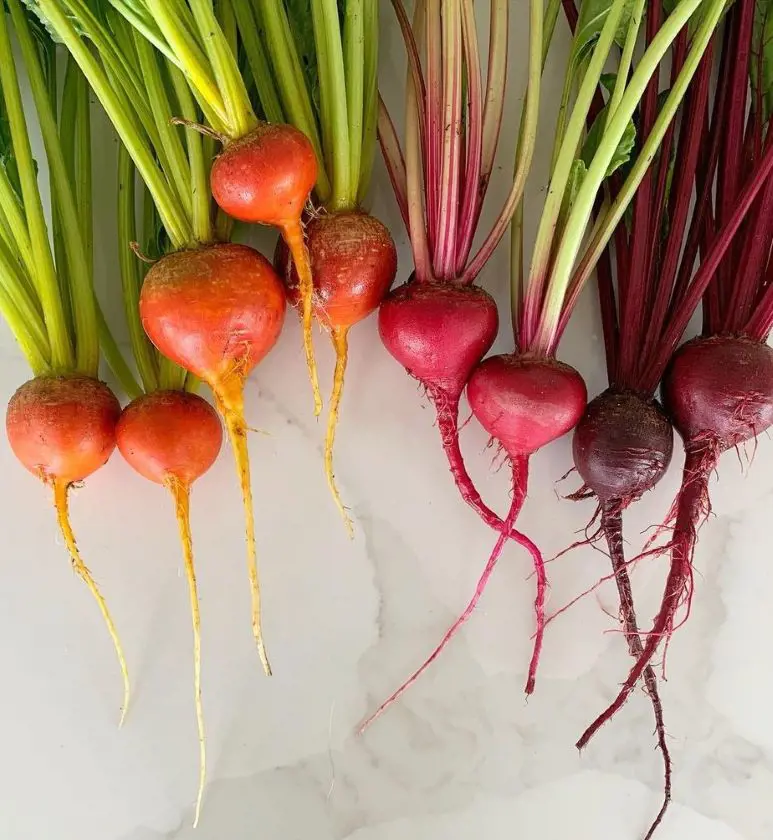
When choosing a beet variety, think about what you like and your growing conditions. Beets come in different types, each with its own size and color. There are red beets, golden beets, and even striped ones. If you prefer a milder taste, go for baby beets. Larger beets have a heartier flavor. Check the seed packet or plant tag for information on size and flavor.
Consider your garden space too; some are better suited for small gardens, while others thrive when grown alongside compatible companion plants. By selecting a beet variety that suits both your preferences and growing space, you lay the foundation for a successful and enjoyable beet-growing experience.
2. Select Ideal Location
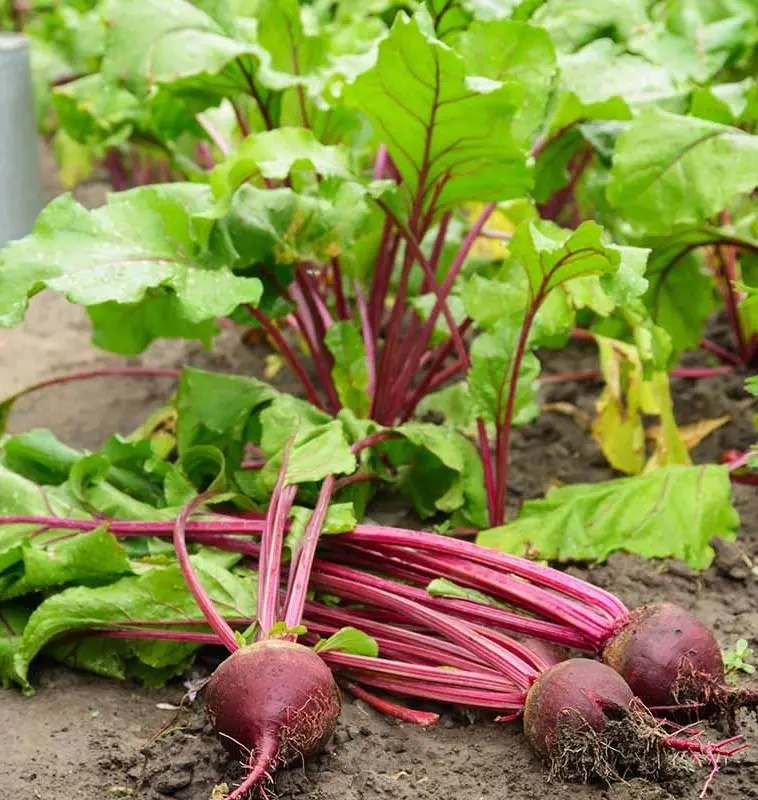
Select a sunny location for your beet bed, ensuring it gets plenty of sunlight throughout the day. Opt for well-draining soil that's loose and rich in organic matter. Good drainage prevents waterlogging, which can harm the beets. Check the soil's acidity using a pH test; aim for a slightly acidic to neutral range, around 6.0 to 7.0.
Maintaining the appropriate pH level in your soil is vital for optimal nutrient absorption by your beets. Loose soil is equally important, aiding easy root growth for the plants. Furthermore, the richness of organic matter enhances these conditions, promoting overall healthy plant development.
3. Sow Beet Seeds
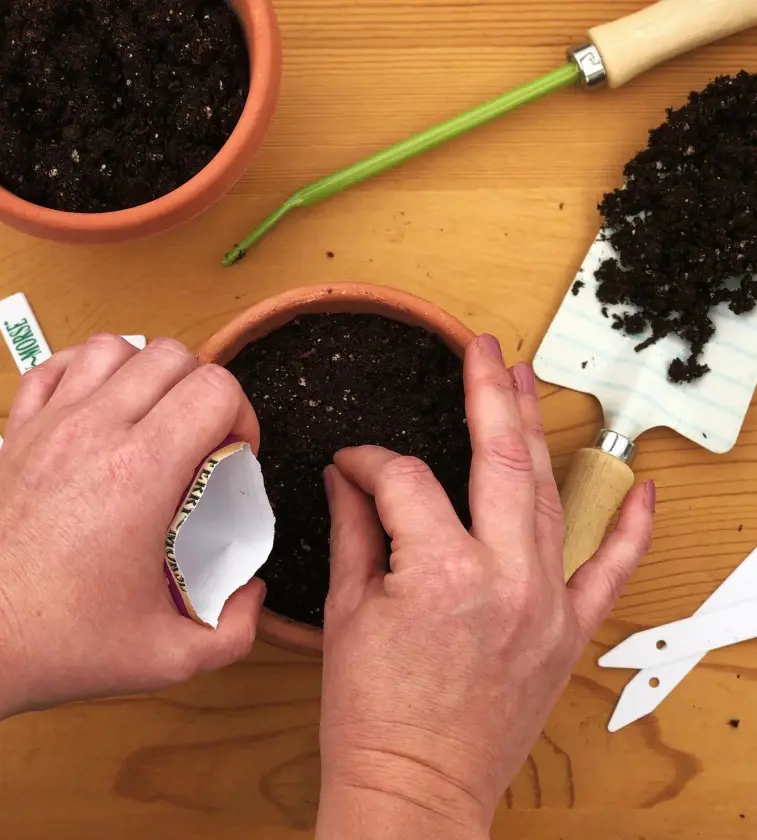
When sowing beet seeds, you have two options: either plant them directly into the soil or start with seedlings. To sow directly, create shallow rows and place seeds about 1 to 2 inches apart, covering them lightly with soil. If using seedlings, space them according to recommendations, usually 3 to 4 inches apart.
Always target for a soil temperature of around 50°F (10°C) for successful germination. Sow seeds in early spring for a summer harvest or late summer for a fall crop. Whether you choose direct seeding or seedlings, keeping proper spacing is important for your beets to have ample room to grow and thrive.
4. Water Adequately
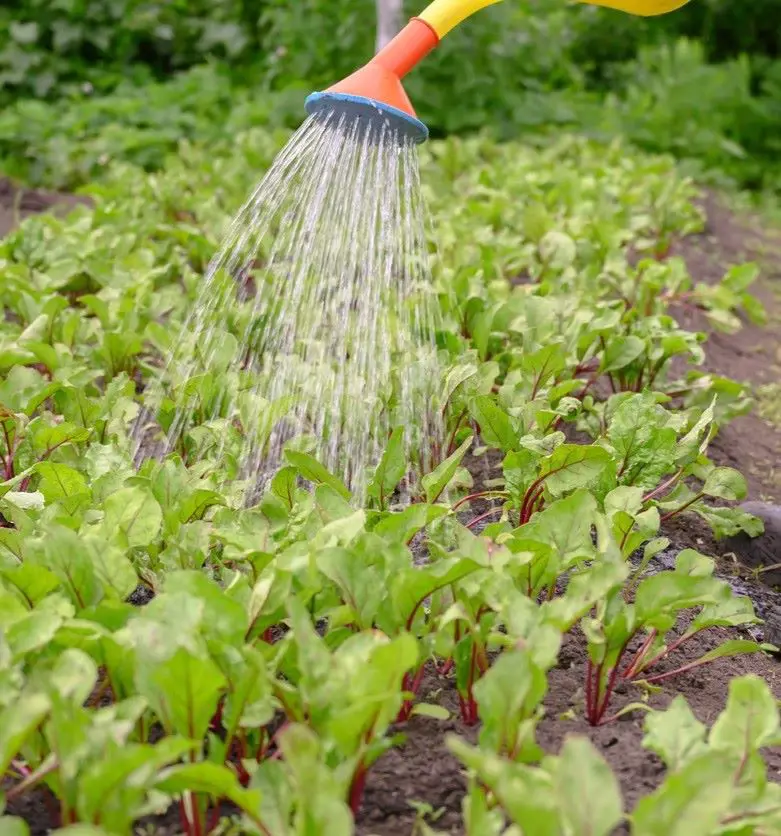
Watering your beets is crucial for their growth. Keep the soil consistently moist, especially during two critical stages: germination and beet development. When sowing seeds, water gently to avoid disturbing them, and keep the soil consistently damp until the seeds sprout.
After sprouting, continue regular watering to support robust development. Strive to water at the base of the plants to keep the foliage dry, preventing fungal issues. During dry periods, water more frequently, but always check the soil moisture by sticking your finger in the soil. If it feels dry, it's time to water.
5. Thin Seedlings
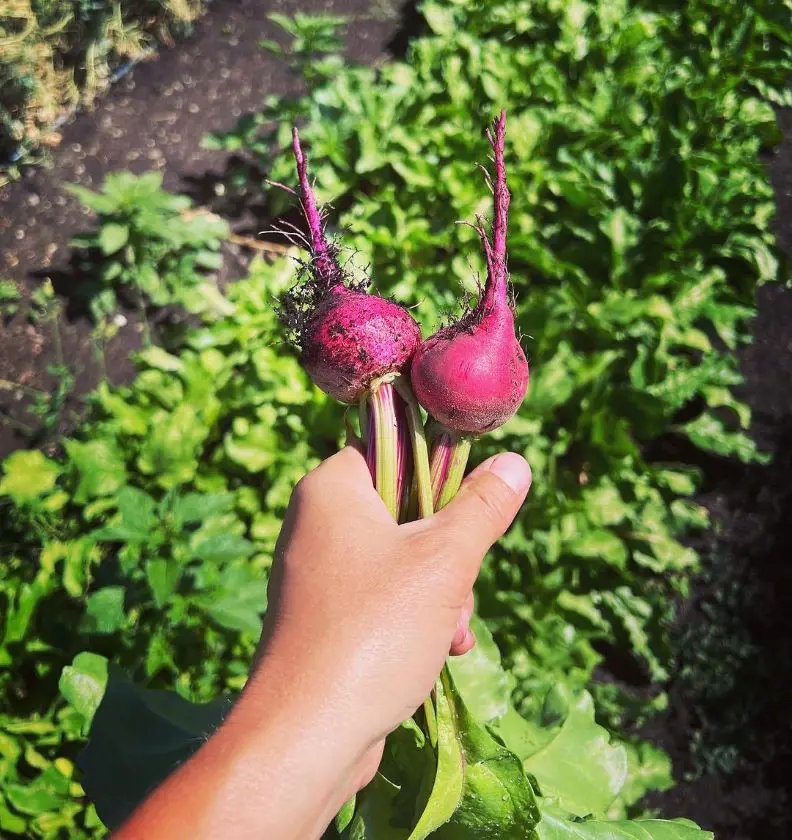
Once your beet seedlings sprout, it's necessary to thin them out for healthy growth. Thinning means removing some seedlings to achieve the right spacing. This prevents overcrowding, ensuring each beet has ample space for full development. When seedlings reach about 2 inches, gently remove excess ones, preserving the recommended spacing between each.
This process helps the remaining beets get sufficient sunlight, water, and nutrients from the soil. Overcrowded plants compete for resources and won't grow as well. Plus, thinning at the right time contributes to a successful beet-growing experience and assures a more abundant and flavorful harvest.
6. Mulch For Moisture
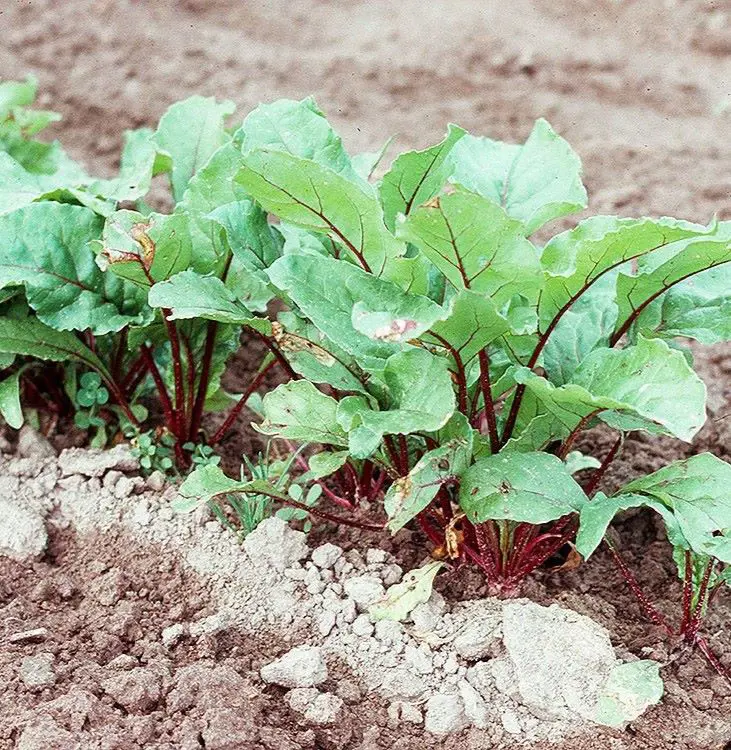
After thinning your beet seedlings and when the soil is adequately moist, apply a layer of mulch. This protective covering serves two important purposes. First, it keeps the soil moist by preventing water evaporation, creating a stable environment for your beets to grow.
Second, mulch acts as a barrier, suppressing weeds that could compete with your beets for nutrients and space. To mulch, spread a layer of organic materials like straw or shredded leaves around the beet plants. This simple practice not only conserves moisture but also helps keep your beet bed weed-free, supporting your beets' general well-being.
7. Fertilize Appropriately
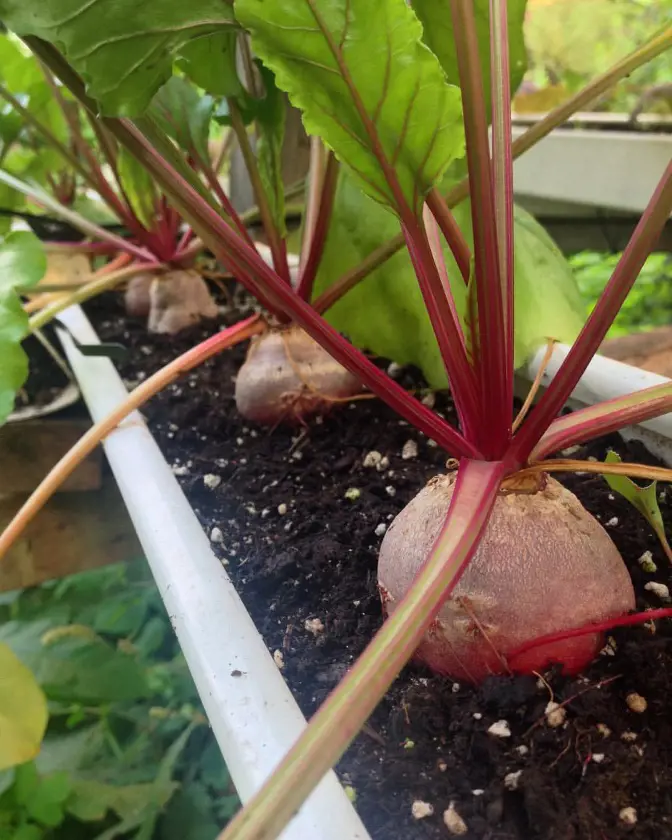
To fertilize appropriately, choose a balanced fertilizer containing equal amounts of nitrogen, phosphorus, and potassium. This provides your beets get all the essential nutrients they need to grow strong. Apply the fertilizer when you see the beet plants reaching about 3 inches in height. Sprinkle the fertilizer evenly around the plants, avoiding direct contact with the leaves.
Additionally, water the area well after fertilizing to help the nutrients reach the roots. Fertilizing at the right time and with the right nutrients boosts your beets' growth, leading to robust plants and a plentiful harvest. This vital step ensures optimal nourishment for your beets' development.
8. Avoid Overcrowding
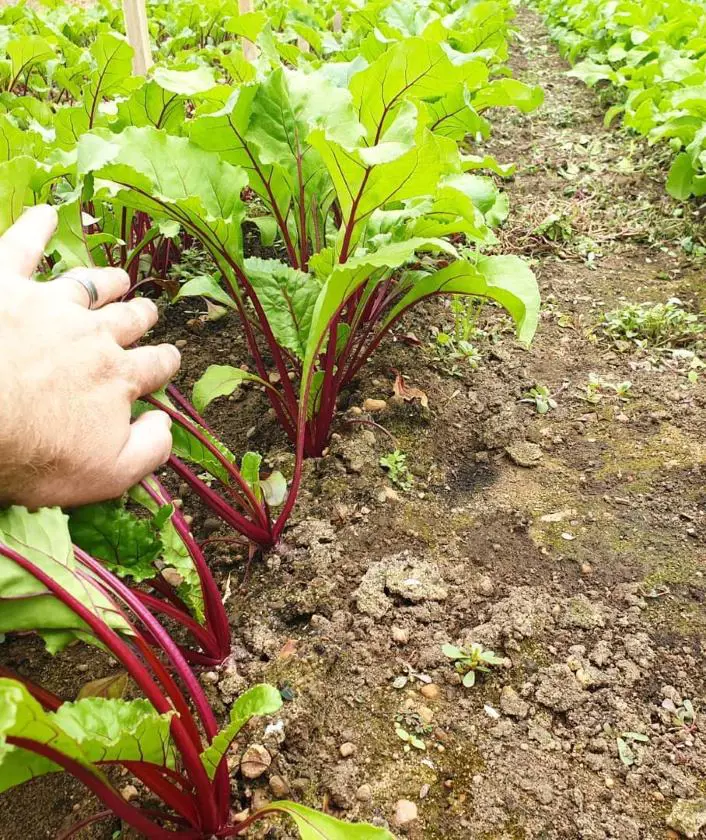
Beetroots can be vulnerable to certain types of pests. Thus, protecting your beets from pests is important for a fast-growing vegetable. Keep a watchful eye on unwanted visitors such as flea beetles and root maggots. And you will know it's time to take action if you notice these pests on your beet plants, typically during warmer months.
To control them, use natural remedies like neem oil or insecticidal soap, which are safe for your plants. Alternatively, introduce beneficial insects like ladybugs, which eat aphids. Regularly inspect your beets and apply these measures promptly. By preventing and addressing pest issues early, you safeguard your beets.
9. Harvest At Right Time
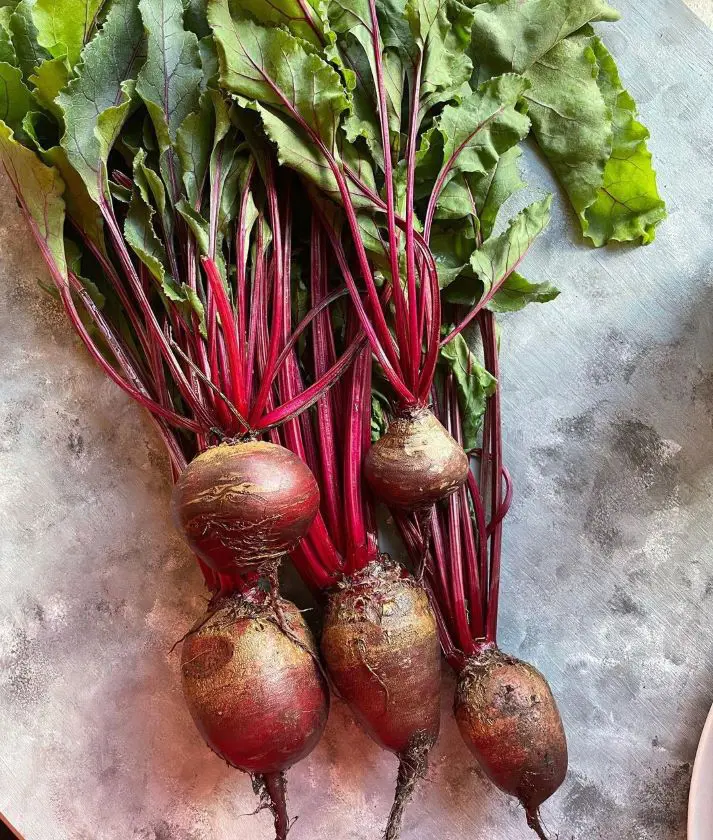
Harvesting your beets at the right time is essential for delicious results. Choose the best moment when your beets reach the size you want, usually about 1 to 3 inches in diameter. To determine the perfect harvest time, observe if the beet tops are visibly emerging from the soil.
Use a garden fork to gently loosen the soil around your beets, making it easier to pull them out. Harvest when the beets are just the right size to confirm they are tender and bursting with flavor. Reach for this sweet spot to savor the delightful taste and texture of your homegrown beets in your favorite dishes.
10. Store Properly

Properly storing your harvested beets is key to keeping them fresh. Once you have gathered them, store your beets in a cool, dark place, like a root cellar or the crisper drawer of your refrigerator. And make sure they are unwashed and free of any damaged parts to prevent rot.
If you have a surplus, consider pickling or canning them for long-term preservation. To pickle, slice the beets, pack them into jars, and cover with a vinegar solution. For canning, follow a safe canning recipe. Both methods lock in the beet's goodness, enabling you to enjoy its vibrant flavor well beyond the harvest season.
Recent posts
How To Grow
How To Grow
How To Plant, Grow And Harvest Corn All By Yourself
Growing your popcorn or sweet corn at home garden can seem like an interesting idea. However, it requires a large amount of space to grow as it is a tall plant that needs plenty of room to spread out. But, if you want to enjoy freshly popped po...
How To Grow
How To Plant, Grow And Care Cucumbers
Growing cucumbers is like going on a fun journey where you get to plant and pick your very own crunchy veggies. It's not just about having tasty cucumbers, it's also about the joy of seeing your plants grow. Whether you have a big garden or a small b...
